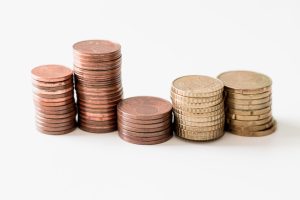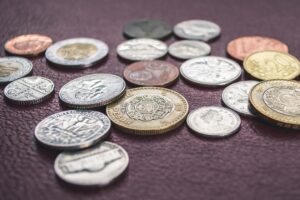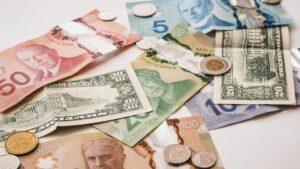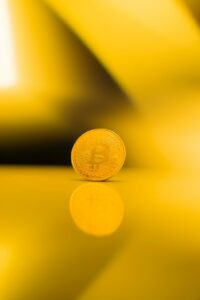How to Calculate Profit in Forex: A Beginner’s Guide
Forex trading, also known as foreign exchange trading, is the buying and selling of currencies on the foreign exchange market. It is the largest and most liquid market in the world, with trillions of dollars being traded daily. One of the key aspects of forex trading is understanding how to calculate profit.
Profit in forex trading is the difference between the buying price and the selling price of a currency pair. It represents the gain or loss made on a trade. Calculating profit accurately is crucial for traders to assess their performance, manage risk, and make informed decisions.
In this beginner’s guide, we will walk you through the process of calculating profit in forex trading.
Understanding Pips:
Before diving into profit calculation, it is important to understand the concept of pips. A pip, short for “percentage in point,” is the smallest unit of price movement in the forex market. Most currency pairs are quoted to the fourth decimal place, so a pip is equal to 0.0001.
For example, if the EUR/USD currency pair moves from 1.1000 to 1.1001, it has moved one pip. Similarly, if it moves from 1.1000 to 1.1010, it has moved ten pips.
Calculating Profit:
To calculate profit, you need to determine the number of pips gained or lost on a trade and then convert it into the currency of your account.
Let’s say you bought 1 lot (100,000 units) of the EUR/USD currency pair at 1.1000 and sold it at 1.1050. To calculate the profit, you need to find the difference in pips.
In this example, the selling price is higher than the buying price, so you have gained pips. The difference is 50 pips (1.1050 – 1.1000 = 0.0050). However, this is still in pip terms and needs to be converted into the currency of your account to determine the actual profit.
To convert pips into currency, you need to multiply the number of pips by the pip value. The pip value varies depending on the currency pair and the size of the position.
For the EUR/USD currency pair, the pip value for 1 lot is approximately $10. Therefore, your profit in this trade would be $500 (50 pips * $10).
Calculating Profit with Different Position Sizes:
The example above assumed a position size of 1 lot (100,000 units). However, forex traders can choose different position sizes based on their risk tolerance and account size.
To calculate profit with different position sizes, you need to adjust the pip value accordingly. For example, if you are trading a mini lot (10,000 units) of the EUR/USD currency pair, the pip value would be $1. In this case, your profit would be $50 (50 pips * $1).
Similarly, if you are trading a micro lot (1,000 units), the pip value would be $0.10. Therefore, your profit would be $5 (50 pips * $0.10).
Calculating Profit with Different Currency Pairs:
Each currency pair has its own pip value, which means the profit calculation will vary depending on the currency pair you are trading.
For example, let’s consider the USD/JPY currency pair. If you bought 1 lot of USD/JPY at 110.00 and sold it at 110.50, the difference in pips would be 50 pips. However, the pip value for USD/JPY is different, typically around ¥1,000.
Therefore, your profit in this trade would be ¥50,000 (50 pips * ¥1,000). To convert this into your account’s currency, you need to consider the exchange rate between the Japanese yen and your account currency.
Conclusion:
Calculating profit in forex trading is a fundamental skill that every trader should possess. By understanding how to calculate profit accurately, traders can evaluate their performance, manage risk effectively, and make informed trading decisions.
Remember to consider the position size and the pip value when calculating profit. Different position sizes and currency pairs will result in varying profit calculations. Using a forex profit calculator or spreadsheet can simplify the process and ensure accurate calculations.
As a beginner, it is important to practice calculating profit on demo accounts before trading with real money. This will help you gain confidence and familiarity with the process. Over time, you will develop a better understanding of profit calculation and improve your trading skills.





